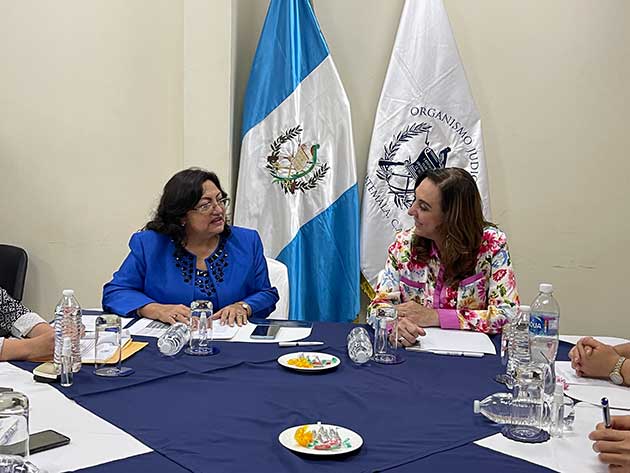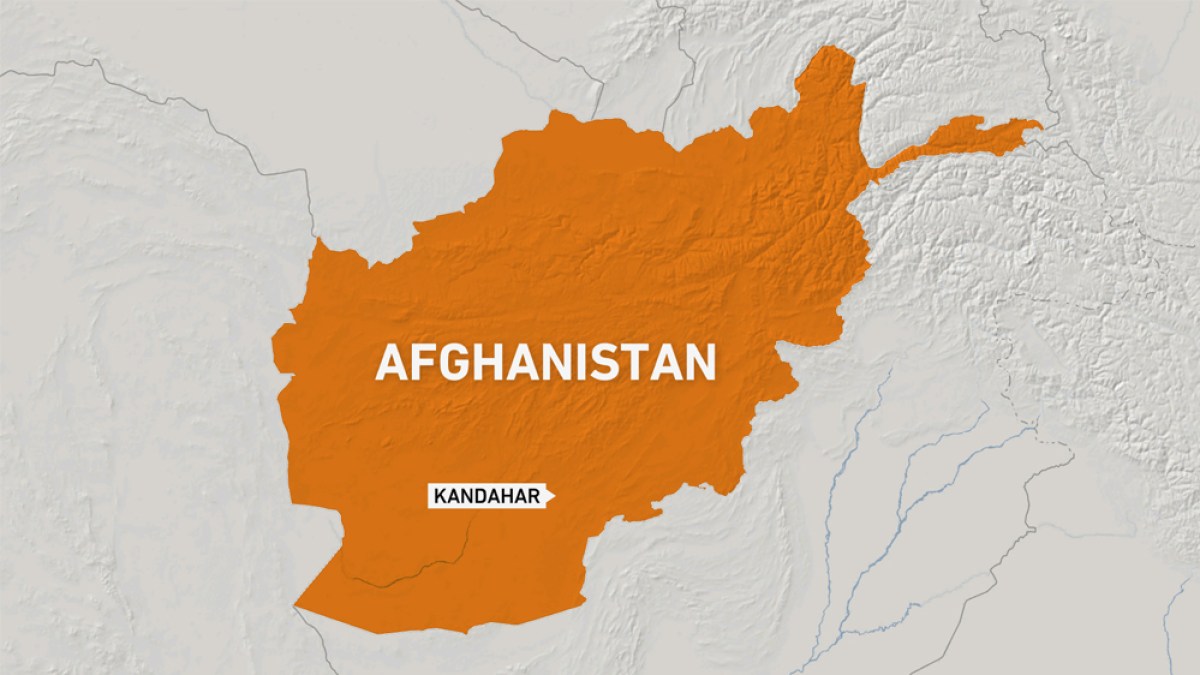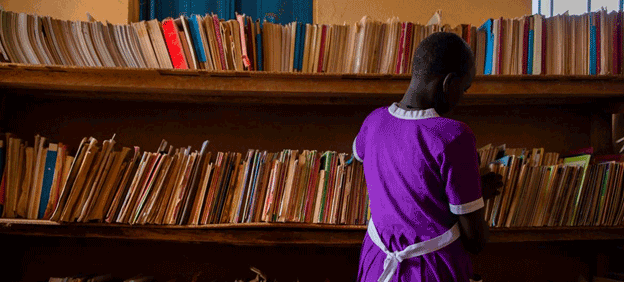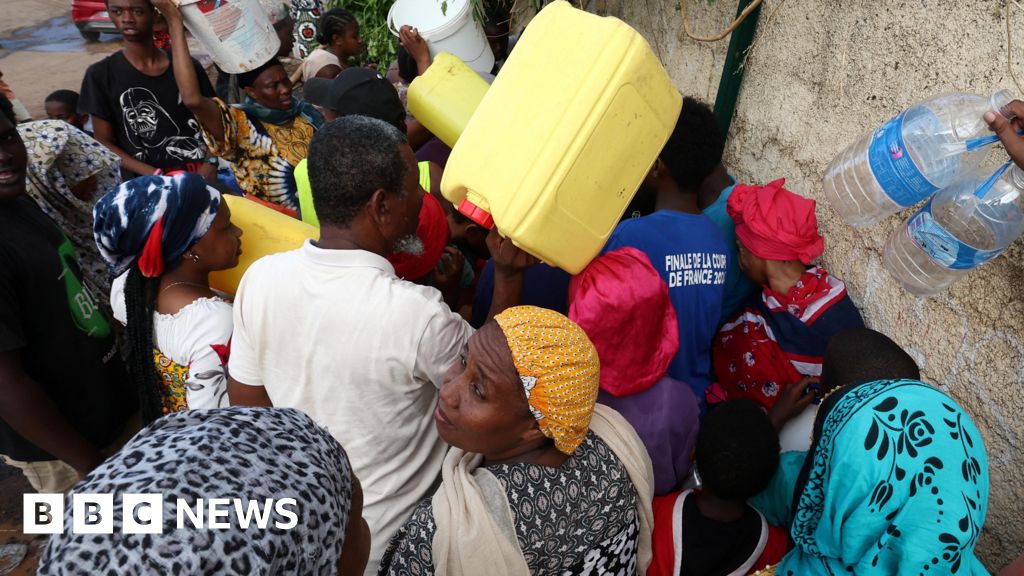A Future Horror and the Hope of the Present — Global Issues
MEXICO CITY, Jul 12 (IPS) – This is an alert message: if nothing stops the wave of violence in Mexico, by the end of 2024 the country could exceed the figure of 150,000 missing persons.
Just on May 17, Mexico crossed a the ultimate horror border: officially there are more than 100,000 people who cannot be located. The equivalent of the evaporation of two and a half times the population of Monaco. Most of those people are victims of organized crime.
It is an old problem in Mexico, but it has taken a new turn in recent months: in its most recent report, the UN Committee on Enforced Disappearances recognized that since 2006 the phenomenon has been concentrated in men between 15 and 40 years, but the pandemic changed that profile. Now, the great national drama focuses on girls and boys from 12 to 35 years old.
The coronavirus opened gaps in inequality and poverty like no other natural phenomenon. Sexual violence, human trafficking, and femicides increased in Mexico, and forced disappearances became an effective means to hide those crimes. Criminals act with a perverse idea: without a body, there is no crime and therefore no punishment.
The problem is so severe that the Mexican government has recognized that the number of girls and women has skyrocketed in recent months to more than 24,600 women waiting to be located. Many of them are not even 10 years old.
One of the latest national sorrows is a young woman called Debanhi Susana Escobar Bazaldúa, 18 years old, who disappeared on April 8 in Nuevo León, México, on a highway that reaches Texas, United States.
Her search kept the country in suspense after a photograph was released where she appeared alone and at dawn waiting for a taxi to return home after attending a party. The image became a symbol of fear and hope.

But after 13 days of searching, his body was found at the bottom of a hotel cistern frequented by human traffickers. While she was wanted alive, five more missing women were found. The causes of Debanhi Susana Escobar’s death are still unclear, but the family points to a crime of a sexual nature.
The death of the young woman who dreamed of being a lawyer strucked a chord in a country numbed to the horrors of human trafficking. And amid a pain that seems to make no sense, her father demanded that the life of Debanhi Susana Escobar be a symbol against the wave of missing women.
The mourning of Debanhi Susana Escobar’s family comes at a crucial moment for Mexico if we want to avoid reaching 150,000 disappeared people in the next two years.
On one hand, the Mexican Senate president, Olga Sánchez Cordero, close to President Andrés Manuel López Obrador, is promoting a series of reforms to the national general law against human trafficking that prevents the sexual exploitation of women in prostitution.
Senator Sánchez Cordero’s intention also seeks to punish whoever maintains a house of prostitution, which includes its administration, lease, or financing. That measure would meant a heavy blow to the human trafficking networks that make girls and women disappear.
This initiative comes as Mexico celebrates 10 years of the general law against human trafficking, promulgated in 2012. This law has been praised by international experts —such as the Spanish prosecutor Beatriz Sanchez, who is already studying Mexican legislation as an inspiration to create a comprehensive law and abolitionist in her country.
There’s another international experience on the southern border in Mexico from which we can all learn: in Guatemala a successful experiment is being carried out to stop sexual and labor exploitation with a novel approach.
For example, leaders like Justice Delia Dávila have taken on the responsibility of training judges to specialize in investigating human trafficking. The judges issue sentences in favor of the victims and work together with civil society, such as the World Vision organization.
In addition, Guatemala has a vehicle project known as UNIVET, which reaches the most remote communities to carry out prevention and education work for vulnerable girls, adolescents, and women.
In this way, Guatemala is at the forefront in Latin America by creating a national strategy against human exploitation, giving it the priority that this crime deserves, which is the second most lucrative globally.
The efforts in Mexico, Spain, France, Guatemala and dozens of countries with an abolitionist approach make us believe that it is possible to achieve what cynical voices tell us will be impossible: stop the trend of violence that will lead us to 150,000 disappeared people.
We have to do it for Debanhi Susana Escobar. For his family and the legacy they want to leave this country. For each missing person, for each survivor, for each future girl. For Mexico.
This is an alert message: we still have time. Let’s be brave and push for the changes that the most vulnerable need.
IPS UN Bureau
Follow @IPSNewsUNBureau
Follow IPS News UN Bureau on Instagram
© Inter Press Service (2022) — All Rights ReservedOriginal source: Inter Press Service
Check out our Latest News and Follow us at Facebook
Original Source







